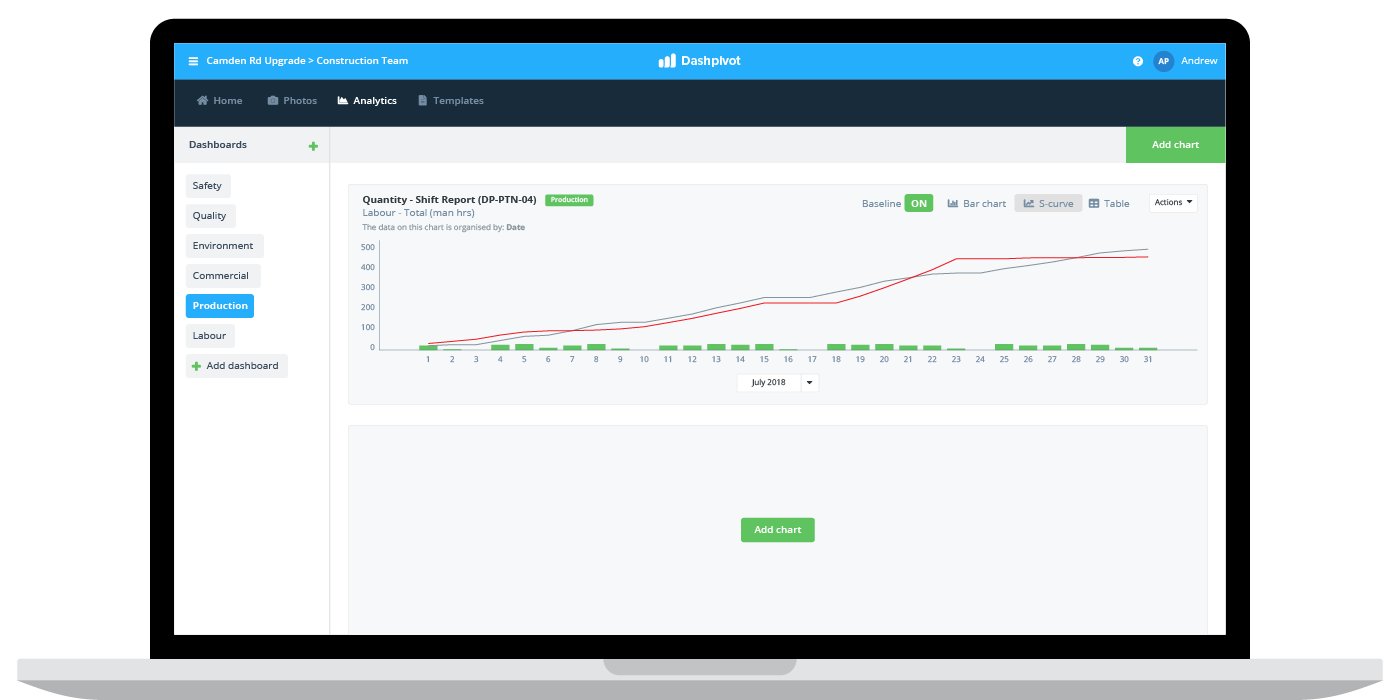Finance – Earned value calculation

Earned value calculation: How to calculate EV properly
What is the earned value calculation for?
The earned value calculation is used to calculated earned value (commonly referred to as EV). Earned value is a measure which is used on projects to determine the value of work which has been completed to date, in order to understand how the project is performing on a cost and schedule basis.
At the beginning of a project, a project manager or company will determine their budget at completion (BAC) or planned value (PV). These values are used to determine how much the project will cost - and how much 'value' will be created in delivering the project to 100% completion.
During the course of the project, a company will use earned value and the earned value calculation to determine how the project is performing against the initial budget and forecasts.
The earned value calculation is one of the most useful earned value management 'scores', because it shows you how much value you have earned from the amount of money which has been spent. This gives a company a good indication as to their efficiency, as well as the ROI on their inputs.
The calculation of earned value
The actual calculation of earned value is not a complicated one. The earned value formula looks like this:

Every company will have a budget at completion, so that is easy to input into the calculation.
This budget at completion number is derived from the project managers detailed work breakdown structure or WBS. The WBS enables a project manager to break down the project into specific and manageable tasks which can be better forecasted and measured.
The other part of the EV calculation, % of work completed can be calculated in a few different ways, which is often simply a matter of how it is normally done - and company preference.
Some companies will assign individual tasks as 50% if they are simply started, while other companies will only register a task as being 0% or 100% complete based on whether it is finished or not.
On larger scale projects where the work breakdown structure may not be as tight or short in time span, a company have have to assign more detailed % complete numbers based on progress through that specific task.
Earned value calculation example
The best way to look at the earned value calculation is to see an EV calculation example.
There are hundreds of earned value calculation examples on the internet and in project management books which can be used to get more relevant examples for your industry or type of work - but the general theory and calculations are the same.
For this example, let's say we are building 5 apartments, each with a value of $100,000. The schedule for building these 5 apartments is exactly one year.
From the above information, we know that the planned value of the entire project (building 5 apartments) is $500,000. We also know that the budget at completion is the same as the PV, so BAC = $500,000.
The project manager on this specific project is charged with understanding the earned value of the project after 6 months, which is 50% through the initial schedule for the project.
Unfortunately for the company, the % of work which has been completed to date is only 2 full apartments, or 40%. So for our EV calculation, we know that % of work completed is 40%.
With these two numbers, we can now do our earned value calculation:
EV = % of work completed x BAC = 40% x $500,000 = $200,000
This calculation shows us that the project has created $200,000 of value so far.
It's obvious from the % of work completed that we are behind schedule. We planned to have 50% of the work complete or 2.5 apartments at the 6 month mark - but we only have 40% of work completed.
We can confirm this by using another earned value calculation - the schedule variance or SV:
SV = EV - PV = $200,000 - $250,000 = -$50,000
We are $50,000 behind schedule.
Next, we want to understand how our earned value compares to our actual costs to date, as well as a few other important earned value metrics.
Other calculations you need to make and be aware of for earned value management
The earned value calculation by itself is helpful, but it becomes really powerful when compared to our actual project data.
We already have an idea as to how the project is performing on a schedule basis, but how is the budget.
To understand this, we need to introduce the actual cost (AC) of the project so far.
For this project in particular, the company has spent $300,000 to deliver 2 apartments. At first glance, it looks like we are over budget having spent $300,000 to build just two apartments, when we planned to build 5 for $500,000.
And this first glance is correct. We can confirm this by looking at our cost variance (CV) formula:
CV = EV - AC = $200,000 - $300,000 = -$100,000
When our cost variance is negative, we are behind budget.
In this case, the project of building 5 apartments is behind schedule and $100,000 over budget 6 months through.
This project is clearly in trouble, and the project manager and other teams and workers are going to have to find ways to at least improve efficiency during the second half of the project. They may not be able to bring it back onto schedule and budget, but they do need to mitigate the damage and make changes to what was done during the first 6 months.
Using other earned value formulas, the project manager can use these same numbers to forecast the estimate at completion (the new expected cost at completion), as well as derive other insights.
Is an earned value calculation in excel the best way to do EV calculations?
Understanding the theory of the earned value calculation and seeing an EV calculation example is really helpful, but keeping up with projects as they progress on a cost and schedule basis can be tricky.
Many projects have thousands of moving parts and pieces which must be tracked in a way which ensures the numbers going into the earned value calculation are accurate.
Some companies still rely on doing their earned value calculation in excel, but this comes with a number of problems.
Firstly, almost none of the information being captured on site or on the project is captured with excel. This means that the critical information being collected through daily progress reports and other documents must be entered on site by a worker, then double-handled and manually entered into an excel spreadsheet.
This obviously wastes a lot of time, but also decreases the speed with which this data reaches the project manager and gets into that EV calculation.
Today, more and more companies are moving towards managing their earned value calculations and other KPI's through real-time and connected information management systems.

Unlike using excel for earned value calculations, these systems have a mobile data collection component in which workers can collect and capture what's happening directly on site, and a database and analytics engine in which a project manager gets all of this information in real-time and can pull those numbers into EV dashboards and earned value calculations.
Earned value calculations are only as 'valuable' as the data is accurate, and ensuring you are up to speed with all of your project management theories, formulas and also the tools with which these numbers can be crunched properly means more of your projects getting delivered on time and on budget.
And that is the point and purpose of all of these earned value calculations at the end of the day.
People in 100+ countries use this software to better track and manage earned value.
